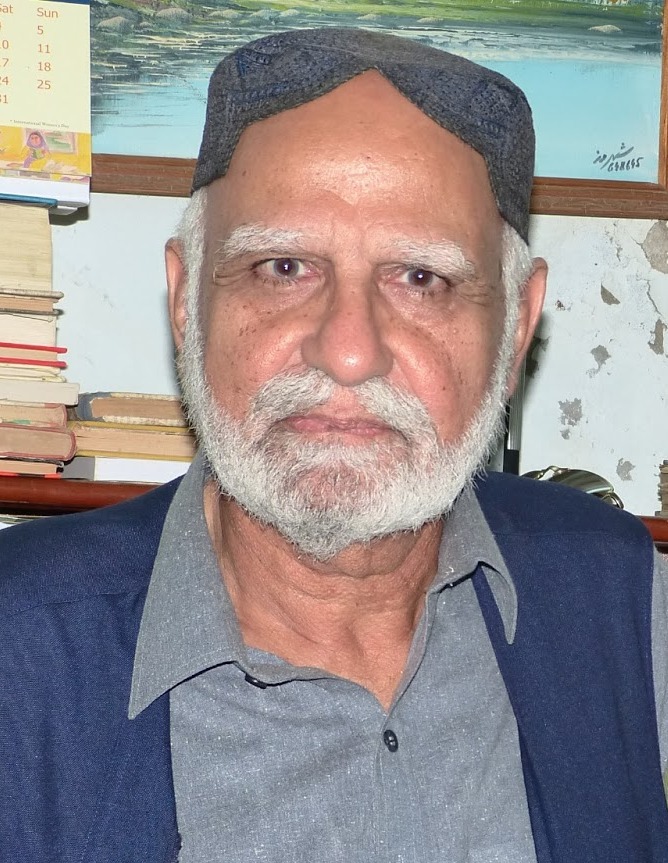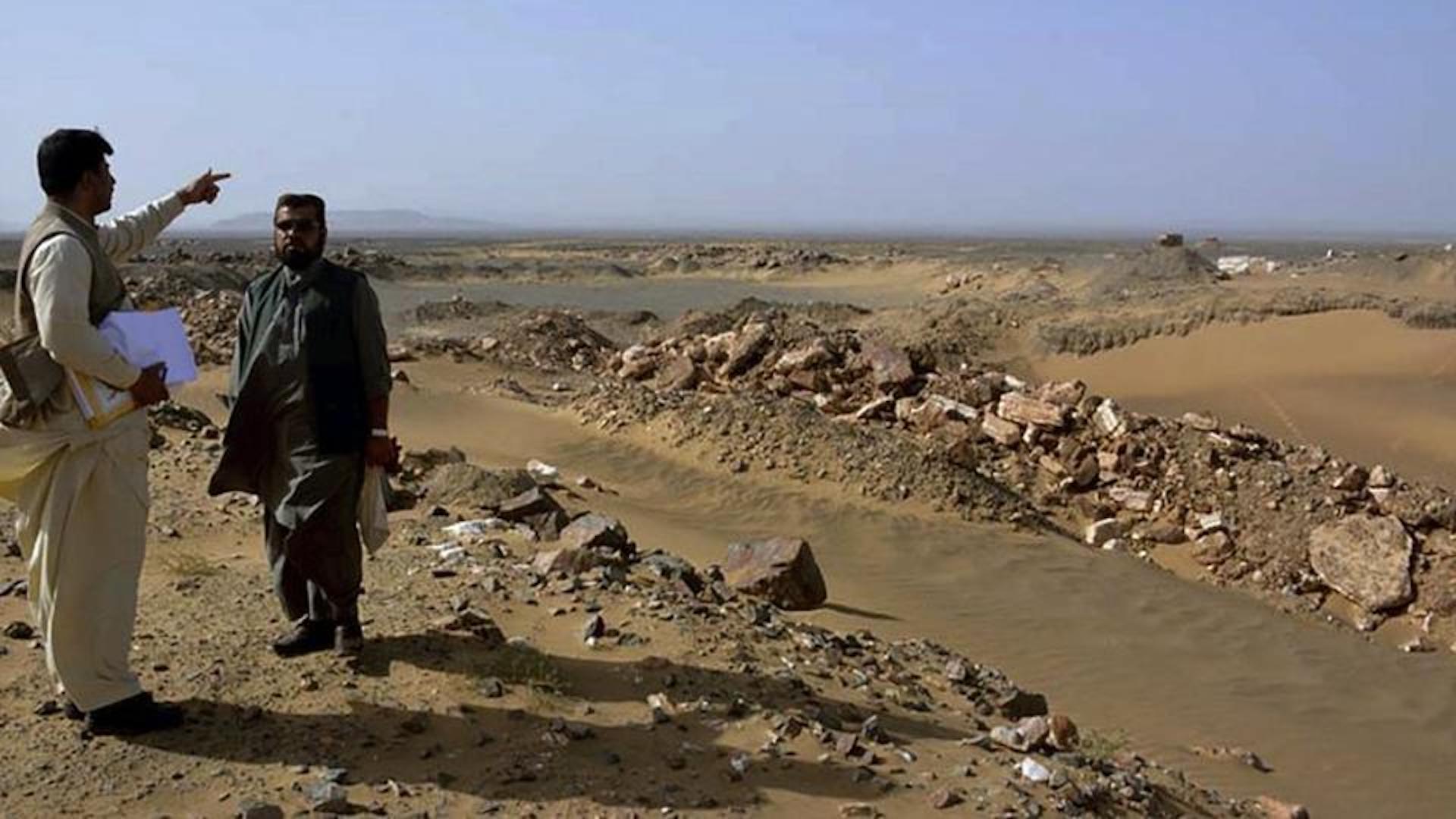The Reko Diq saga has had more dramatic twists and turns than those of a gruesome mystery thriller, but its first chapter is still incomplete. And what more pain it will bring in its wake is yet to be seen. Reko Diq is a lucrative piece of land, and according to international surveys, it has estimated reserves of 5.9 billion tons of ore grading and 0.41% copper and gold reserves – amounting to 41.5 million oz.
This saga began in 1993 when Balochistan government signed an agreement with Australian mining company BHP Billiton on preposterous terms, with BHP holding 75 percent and the government 25 percent share on a joint-investment basis, with 2 percent royalty.
However, in April 2000, another Australian company called Mincor Resources took over BHP’s operations, which was then acquired by Tethyan Copper Company’ (TCC) in 2006. Interestingly, the TCC shares were bought by a consortium of a Canadian mining company Barrick Gold Corporation and Chilean company Antofagasta in 2006.
In February 2011, the Balochistan government demanded the agreement be revised, thereby denying TCC the mining rights. TCC filed an appeal before the International Centre for Settlement of Investment Disputes (ICSID), seeking a compensation of $11.43bn. And in January 2013, Pakistan’s Supreme Court annulled the agreement. The ICSID awarded TCC $5.976bn (Rs950 billion) in damages and at the same time Pakistan was fined $4 billion in July 2019 by the London Court of Arbitration.
The Pakistan government, desperate to escape the penalty which it did not have the means to pay, signed a new agreement with Barrick in March 2022, under which the penalty stood lapsed and Barrick promised a $10 billion investment. Chilean firm, Antofagasta, was sidelined with a payment of $945 million. It was decided that this sum would be paid by the three State Owned Enterprises: Oil and Gas Development Company (OGDCL), Pakistan Petroleum Limited (PPL), and Government Holdings Pakistan (GHPL) – and for that they would get 25 percent share of the project.
Barrick wanted a legal and parliamentary cover to the deal and the Pakistani government was happy to oblige. The Supreme Court okayed the deal last month, and the present government bulldozed the law on foreign investment through the Parliament, giving overriding authority to the Centre to decide what to do with provincial resources. After protests from Balochistan, however, the federal government reluctantly amended the bill to limit it to Reko Diq alone, but there is no guarantee that they would abide by it. Balochistan’s resources remain under threat.
There is not just gold and copper in Reko Diq, but rare earth metals too which are equally precious. Pakistan wanted Barrick to start the project immediately, which is why the Supreme Court of Pakistan, during hearing of the case on November 23rd, accepted the Barrick counsel’s claim that Reko Diq has no rare earth elements. There has been no independent survey of the area to find out the truth.
Barrick Gold’s history of misdemeanors
Barrick Gold has a history of misdemeanors in the mining industry, but I will mention only a couple of them. On September 17th, 2020, the First Environmental Court of Antofagasta, Chile, ruled that Barrick Gold’s controversial Pascua Lama project be “definitively and totally closed”. Barrick was fined 7 billion Chilean pesos. It was held guilty of destroying glaciers and contaminating water resources there.
In April 2020, Barrick had to stop operations at the Porgera mine in Papua New Guinea (PNG) because the then government declined permit renewal. Since acquiring that mine in 2006, Barrick had garnered a notorious reputation regarding environmental degradation. In 2009, Norway’s sovereign wealth fund divested its roughly US$184-million position in Barrick because of the environmental problems there. In the new deal signed in April 2021, PNG’s stake was increased from five percent to 51 percent and Barrick had to give guarantees for social responsibility. Given this track record, one can only imagine how it will handle the Reko Diq project.
In the old agreement between Pakistan and Barrick, the terms providing airport land free of cost and a 400 km Reko Diq-Gwadar road were accepted. The new deal is so opaque that no one seems to know what exactly has been agreed. It appears that politicians and bureaucrats of all hues – and Barrick itself – will benefit, while the people of Balochistan will eternally wait for the trickle-down effect.
Projects that deprive people of their resources and produce hazardous waste in return should be unequivocally condemned.
If the ore is pumped via pipeline to the port, no one will ever know how much was taken. Saindak, too, was not monitored and hence brutally depleted. If the ore is processed here then the environmental hazards have terrible consequences for the people. This is because a huge amount of waste is created while refining gold. The gold used to make a single gold ring produces 26 tons of mine waste. If a ring of a tola produces that much waste, imagine how much waste and arsenic emissions would result from use of cyanide during extraction of the expected 41.5 million ounces of gold (1058 tons) at Reko Diq. A ton has 87111 tolas and 1058 tons are 92,163,438 tolas so the waste produced at Reko Diq would be 2,396,249,388 tons.
Sale and exploitation of precious resources of the people for a pittance by corrupt politicians and venal state functionaries and the resulting destruction carried out in the name of development ought to be opposed. Projects that deprive people of their resources and produce hazardous waste in return should be unequivocally condemned.
I anticipate this piece will prompt accusations of my being anti-development. However, the Sindhi adage, “Gold that begets grief is better forsaken.” may explain my perspective better. If such projects are not going to benefit the people, the natural resources are then better left untouched.

The writer has been associated with the Baloch movement since 1971. He tweets @mmatalpur and can be reached at mmatalpur@gmail.com.

